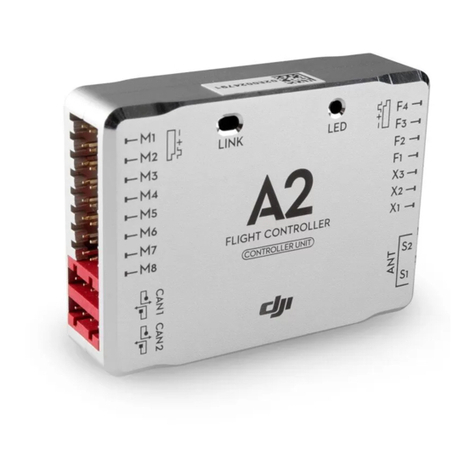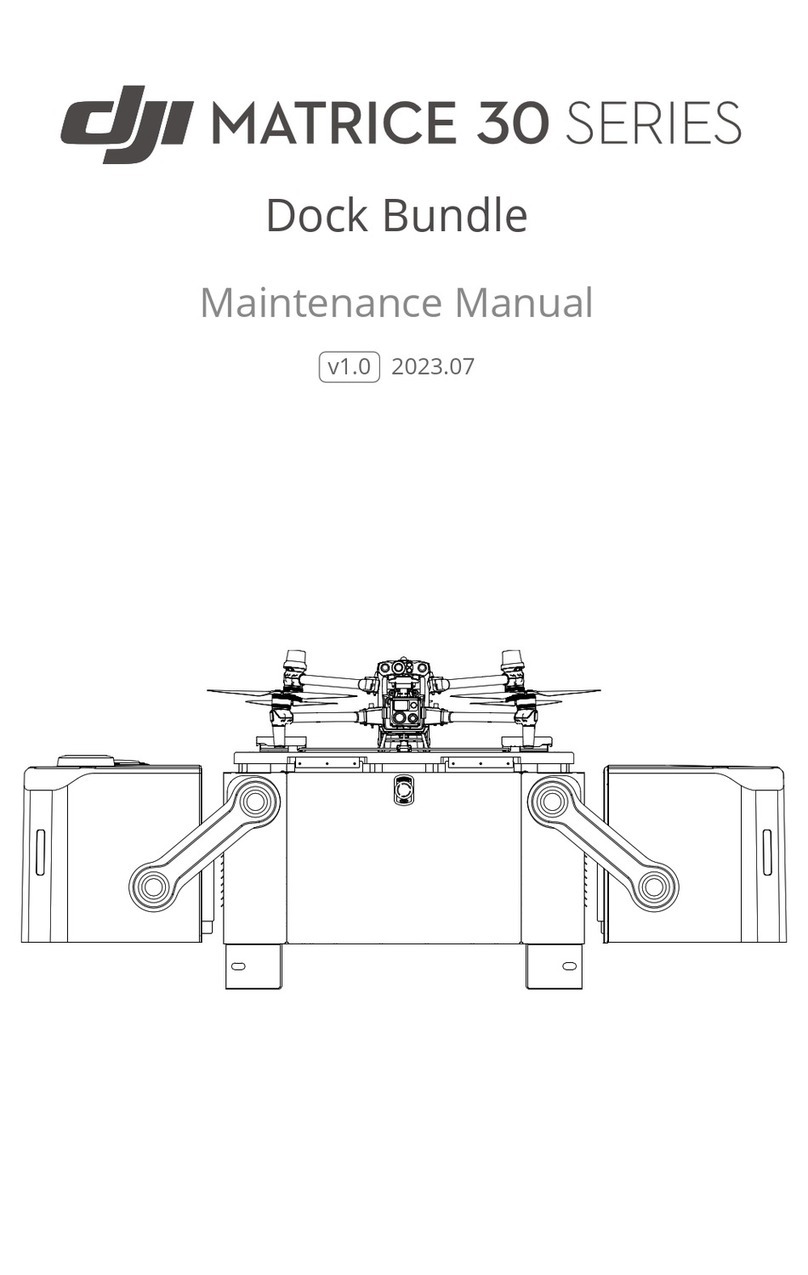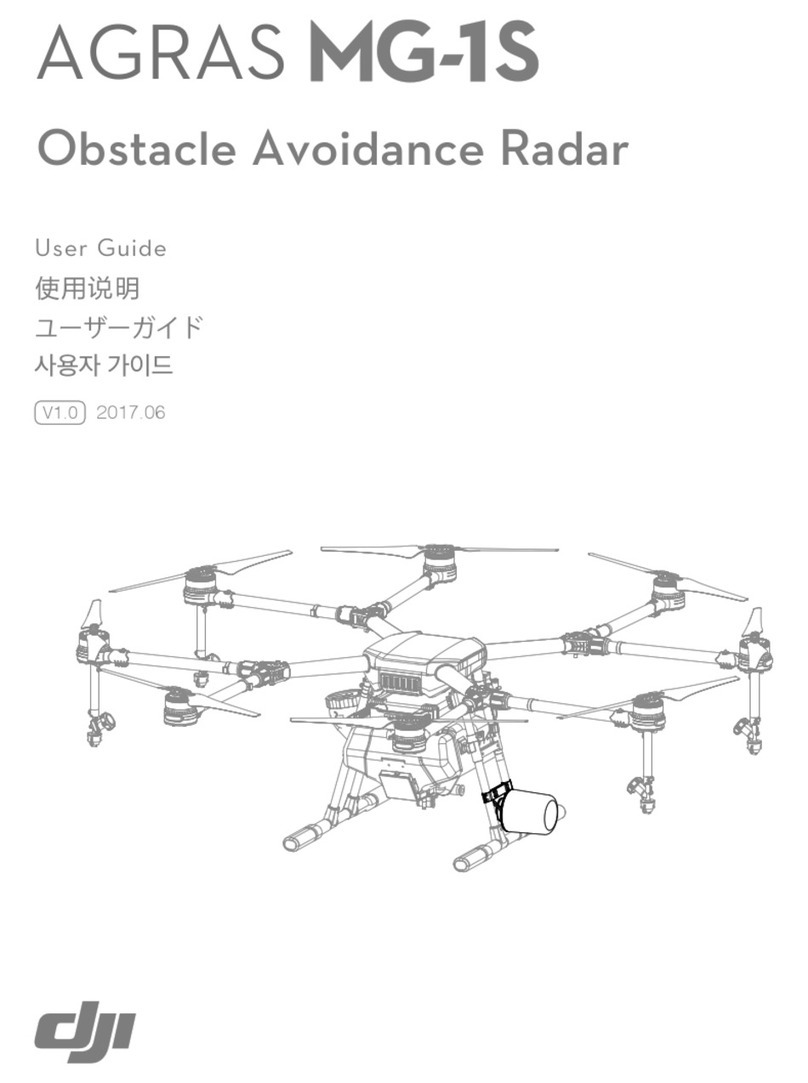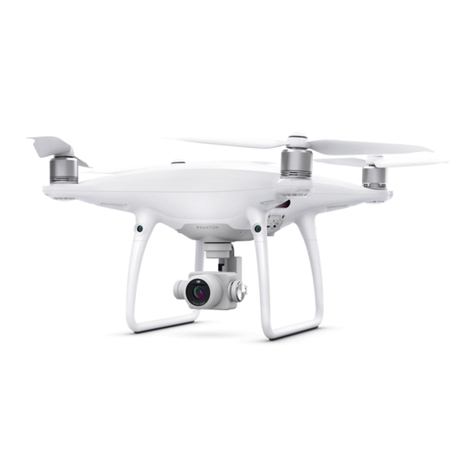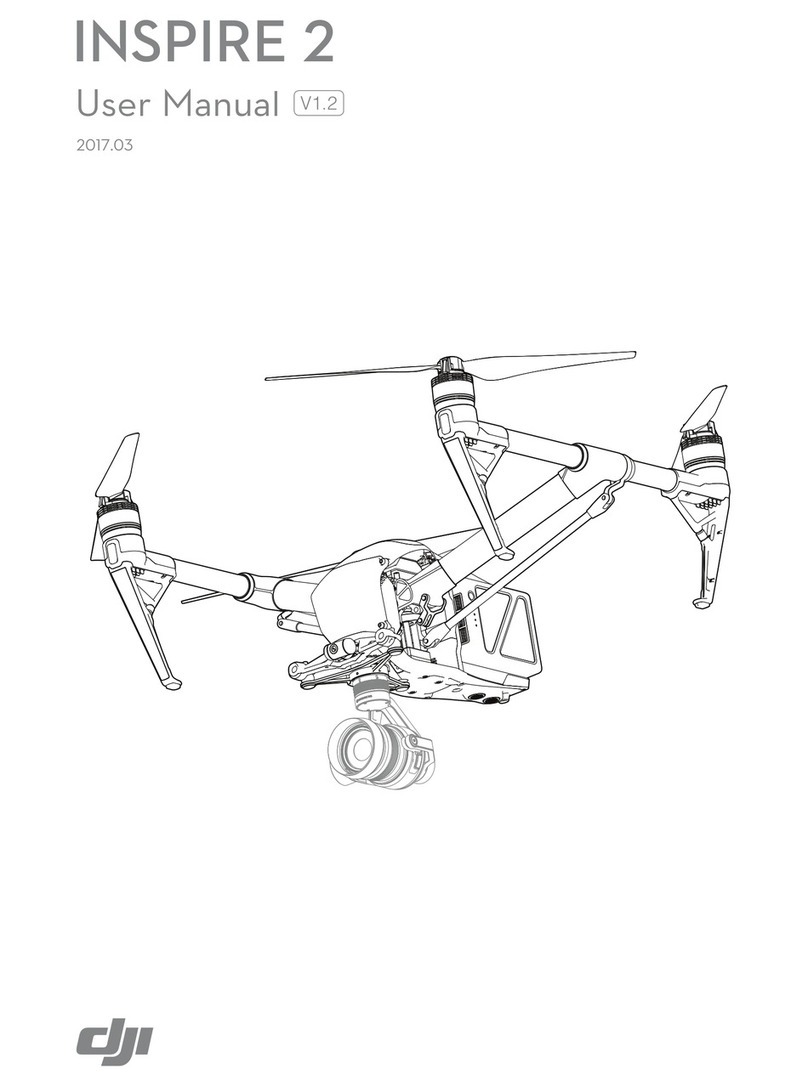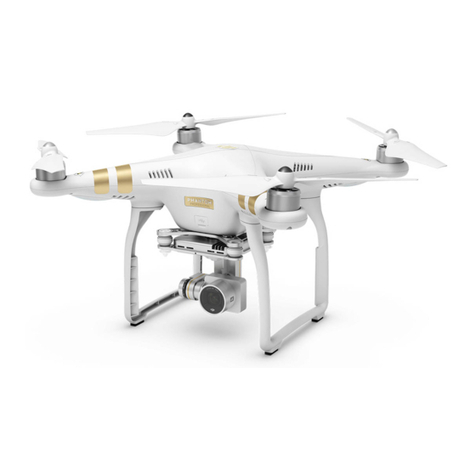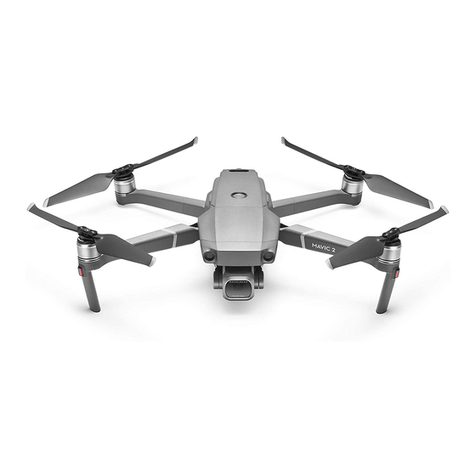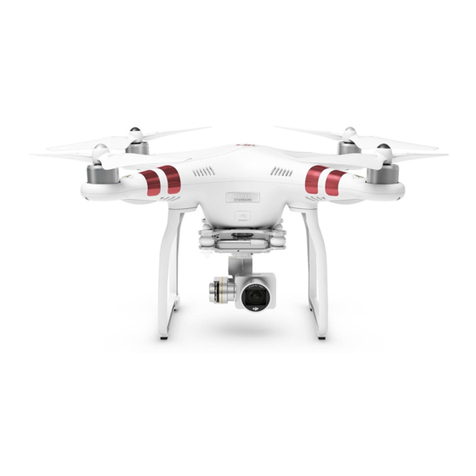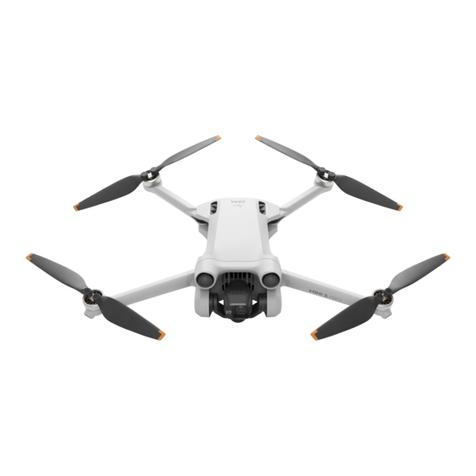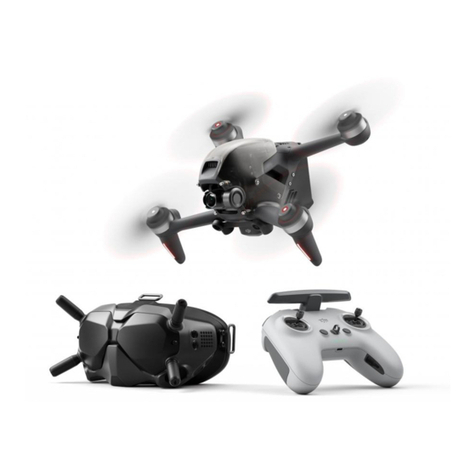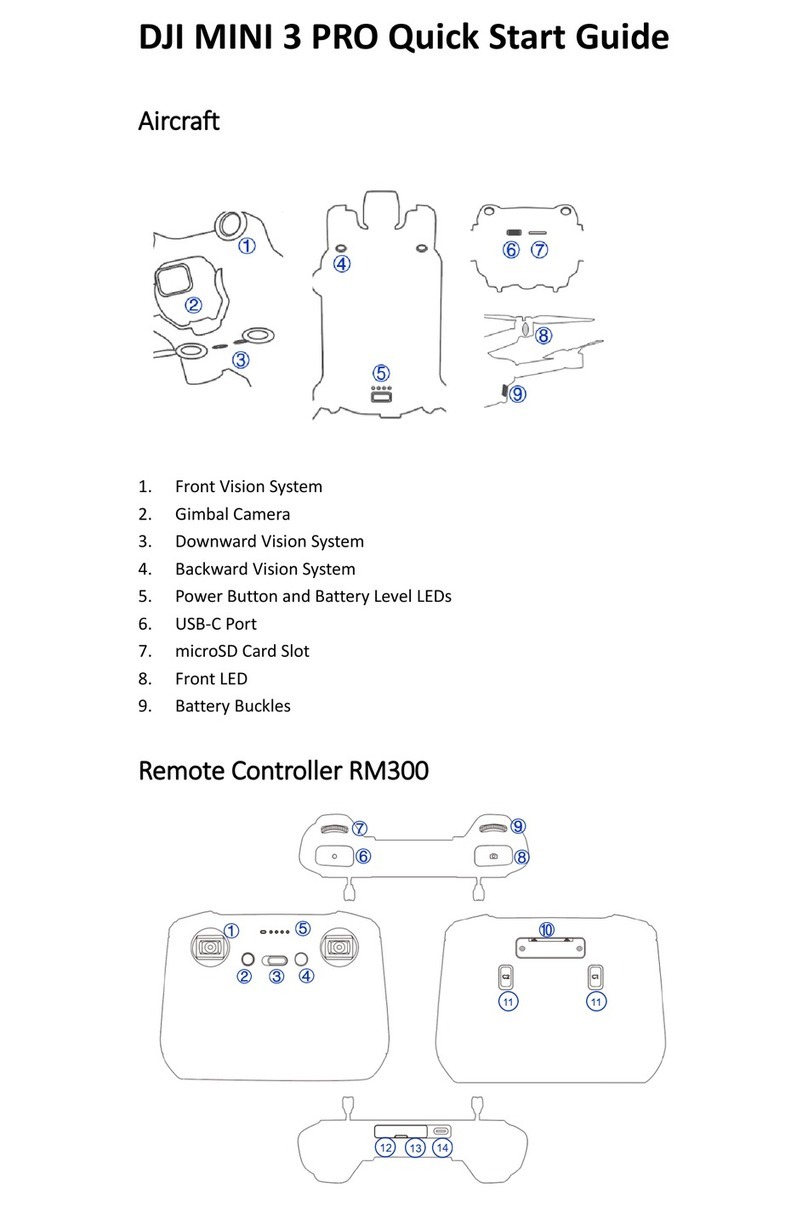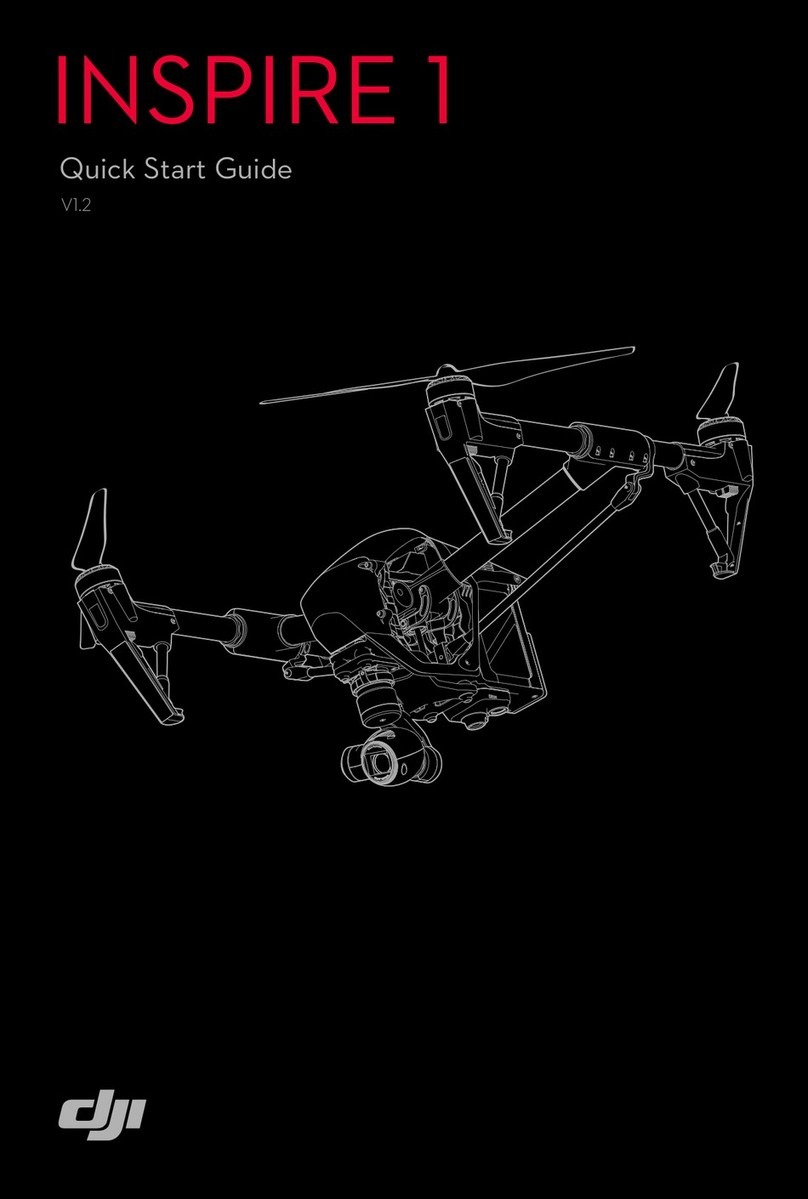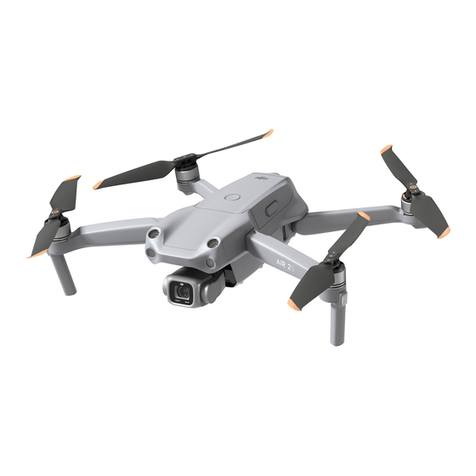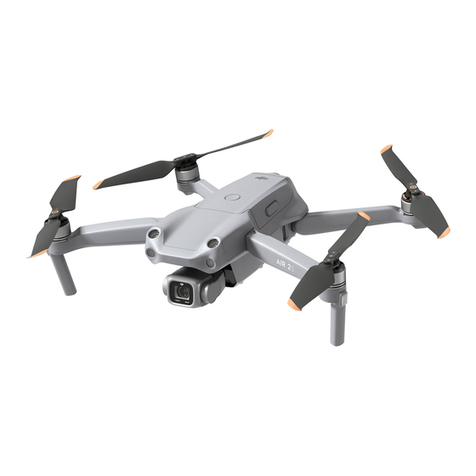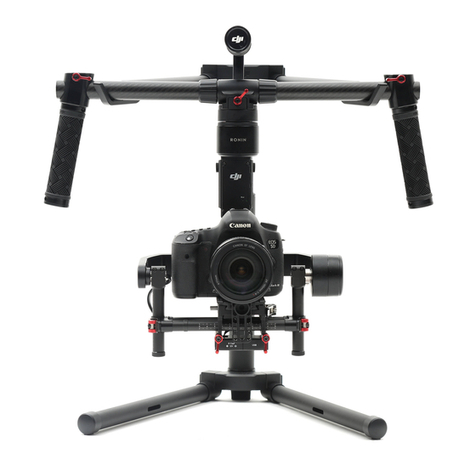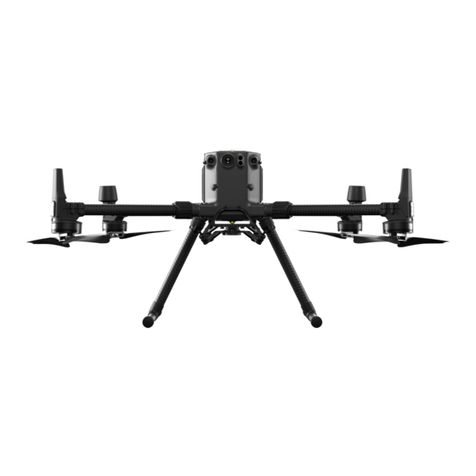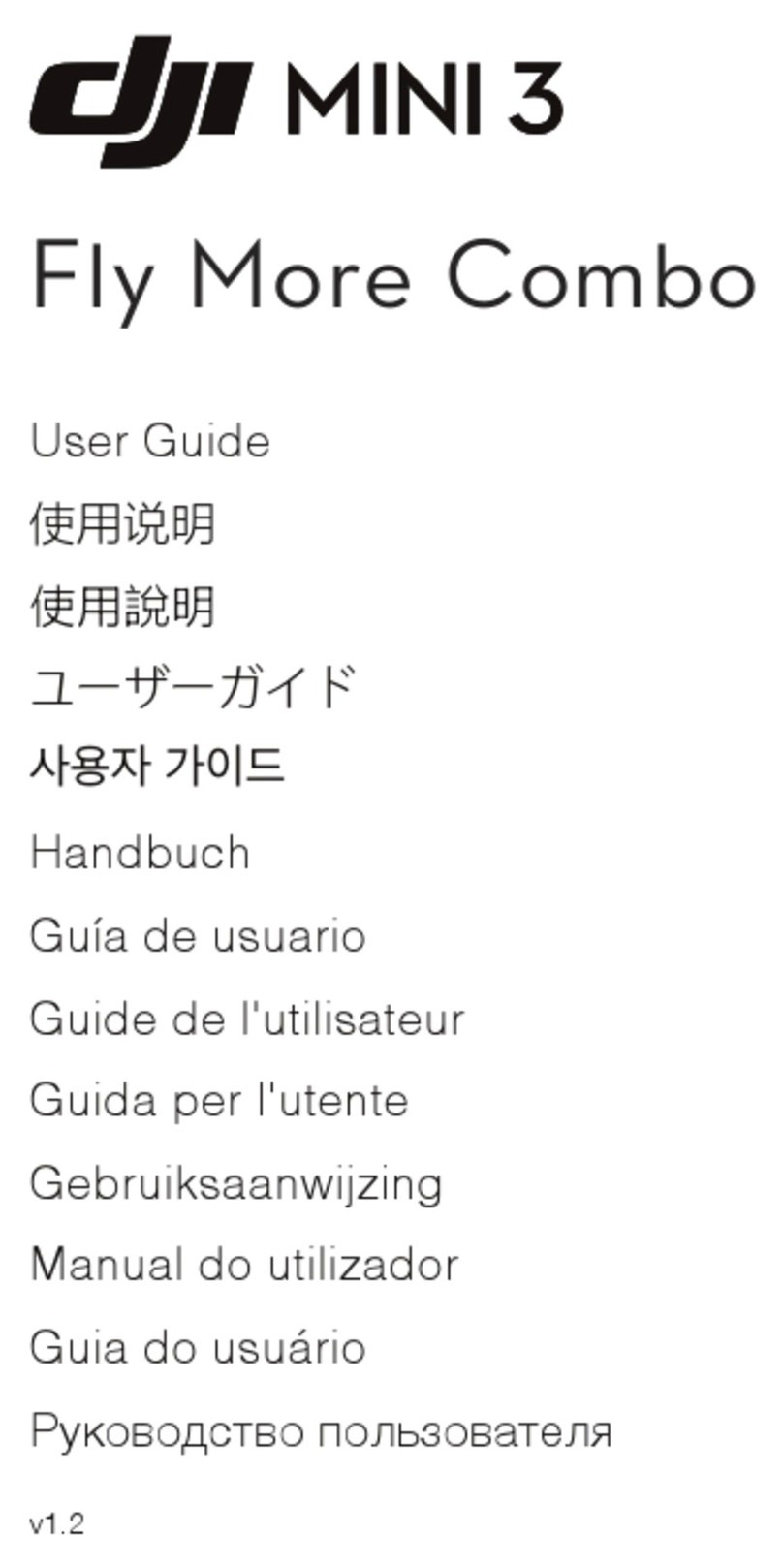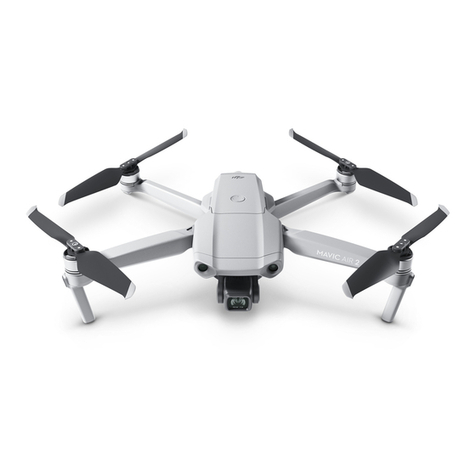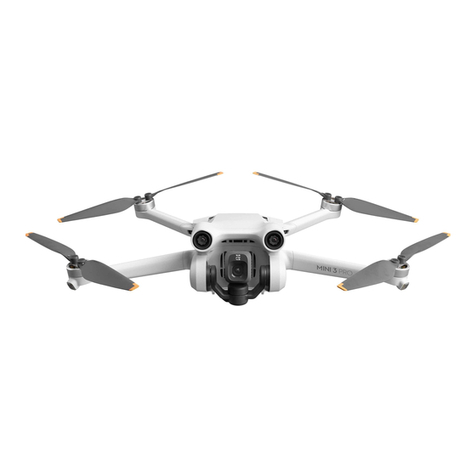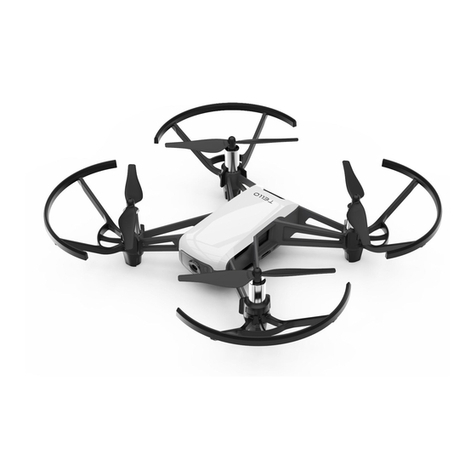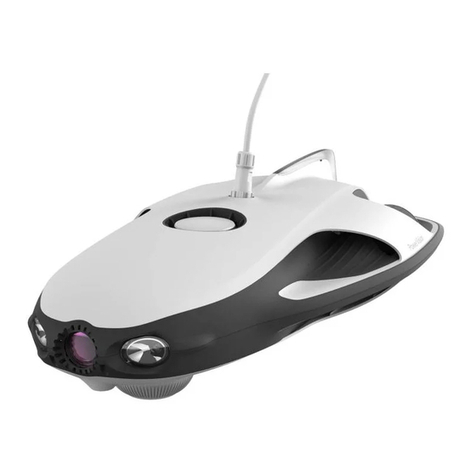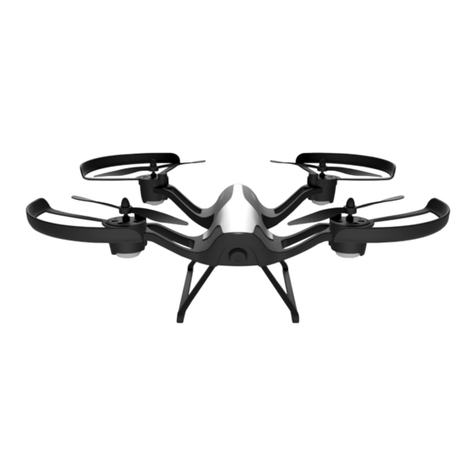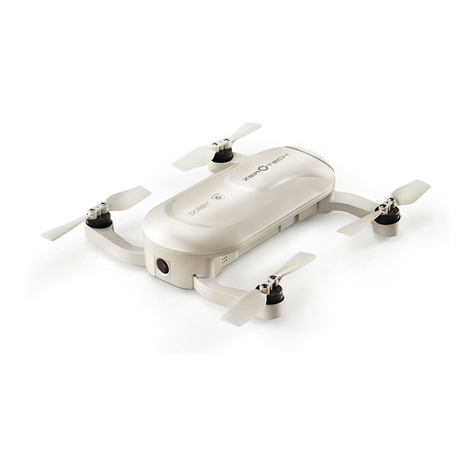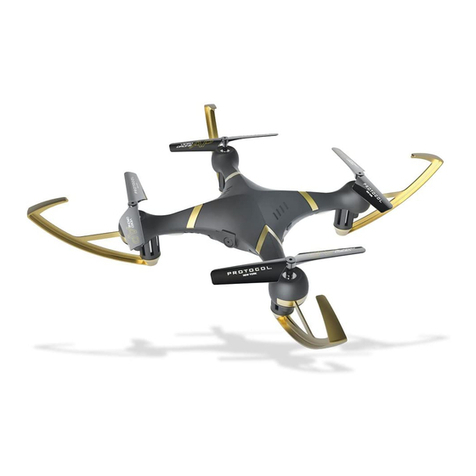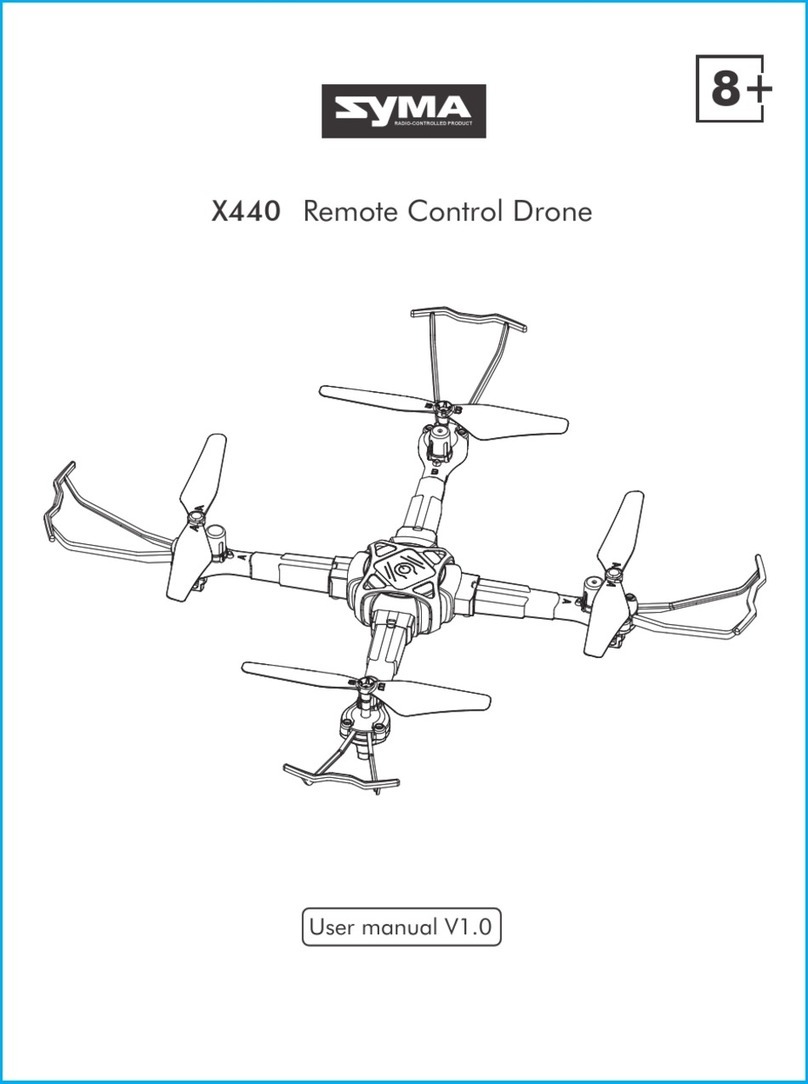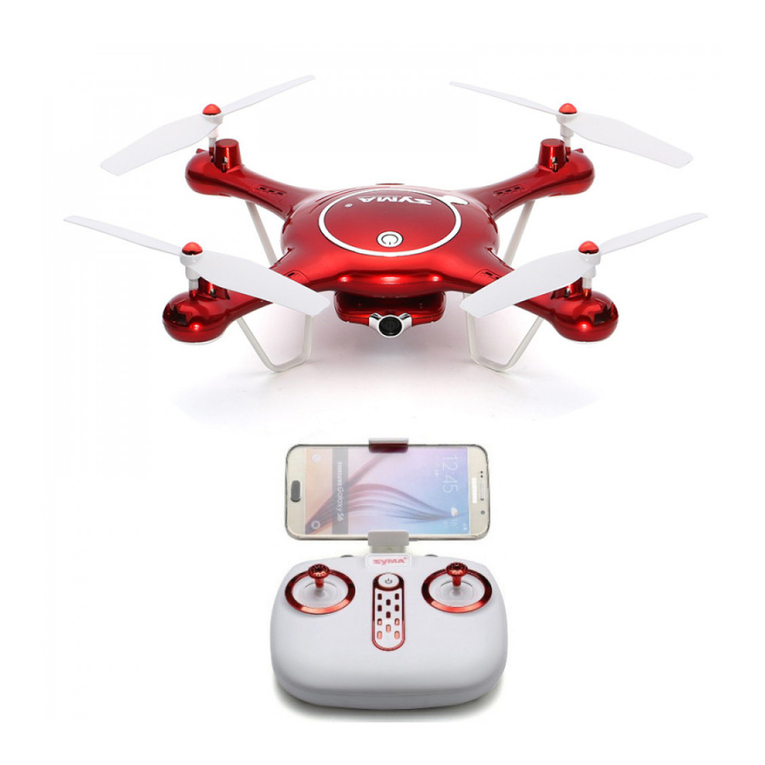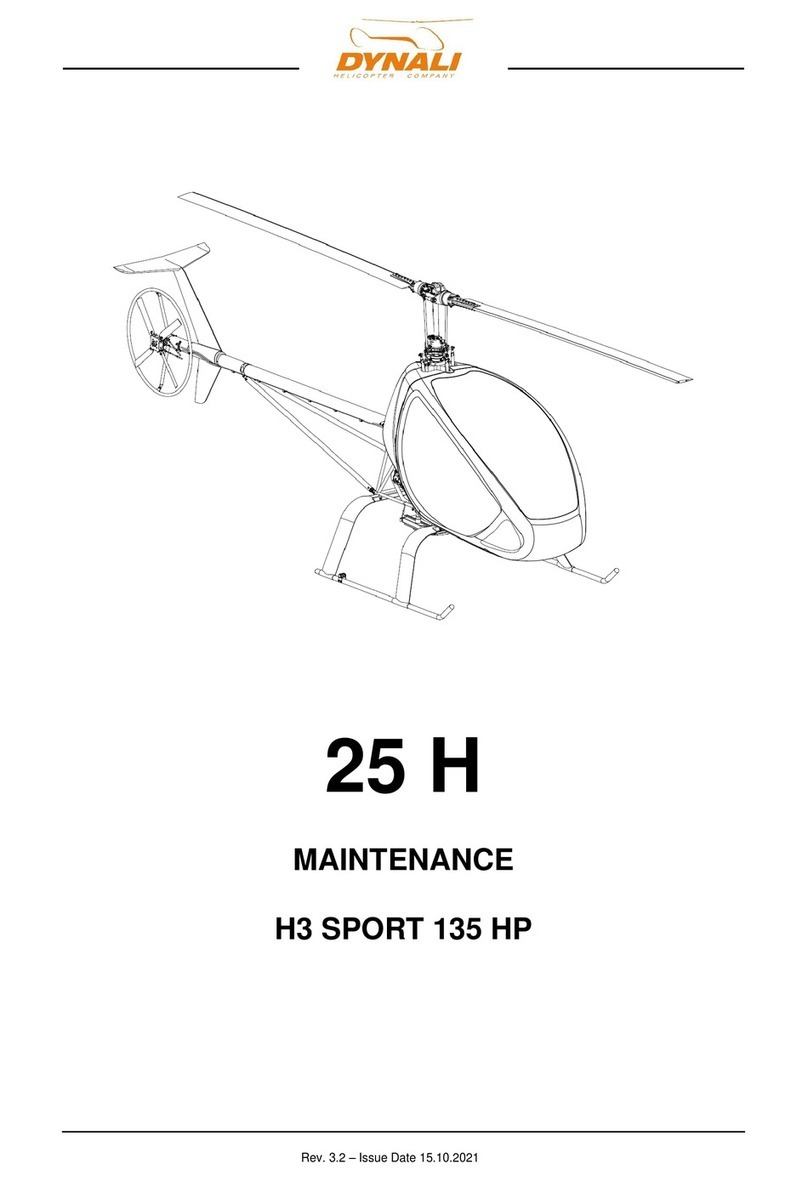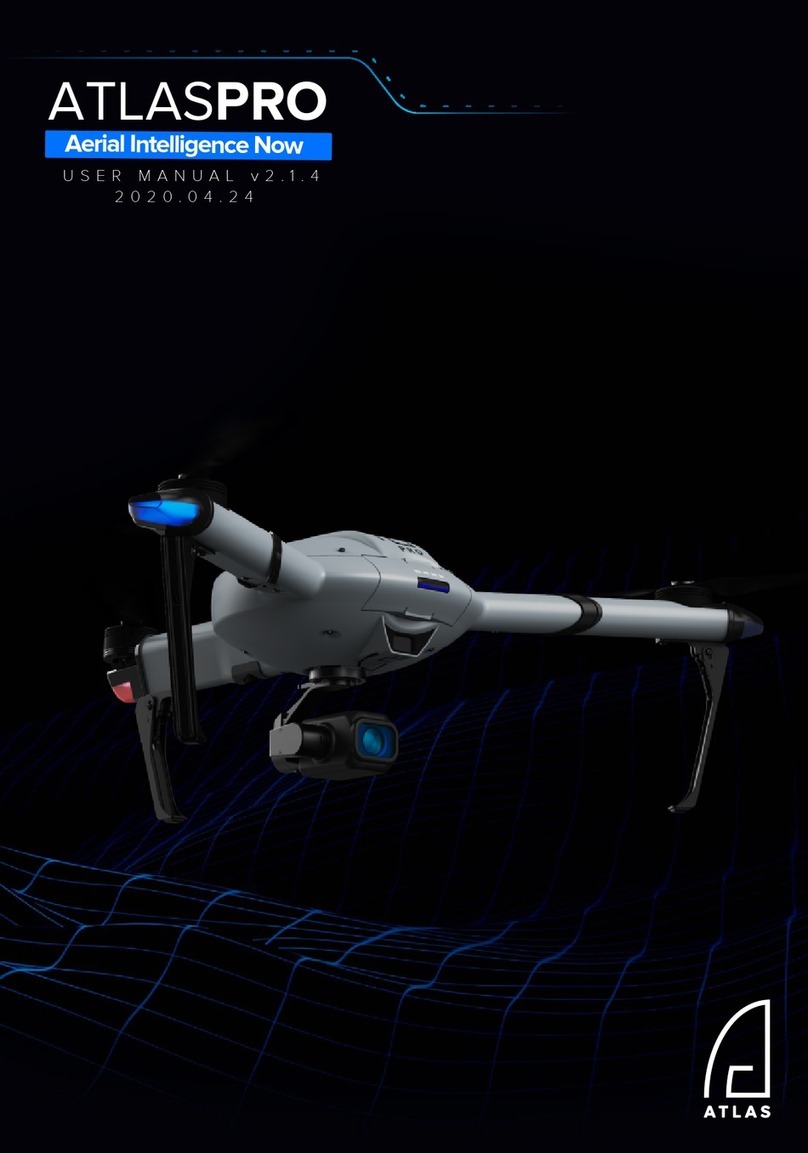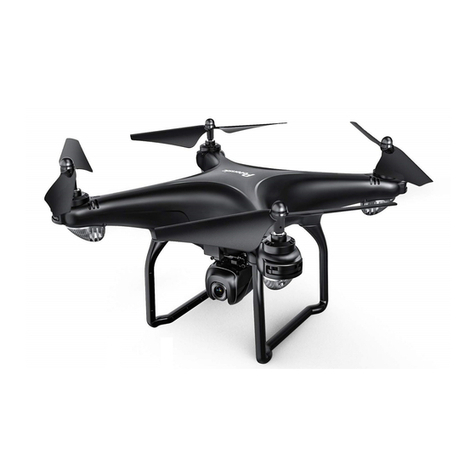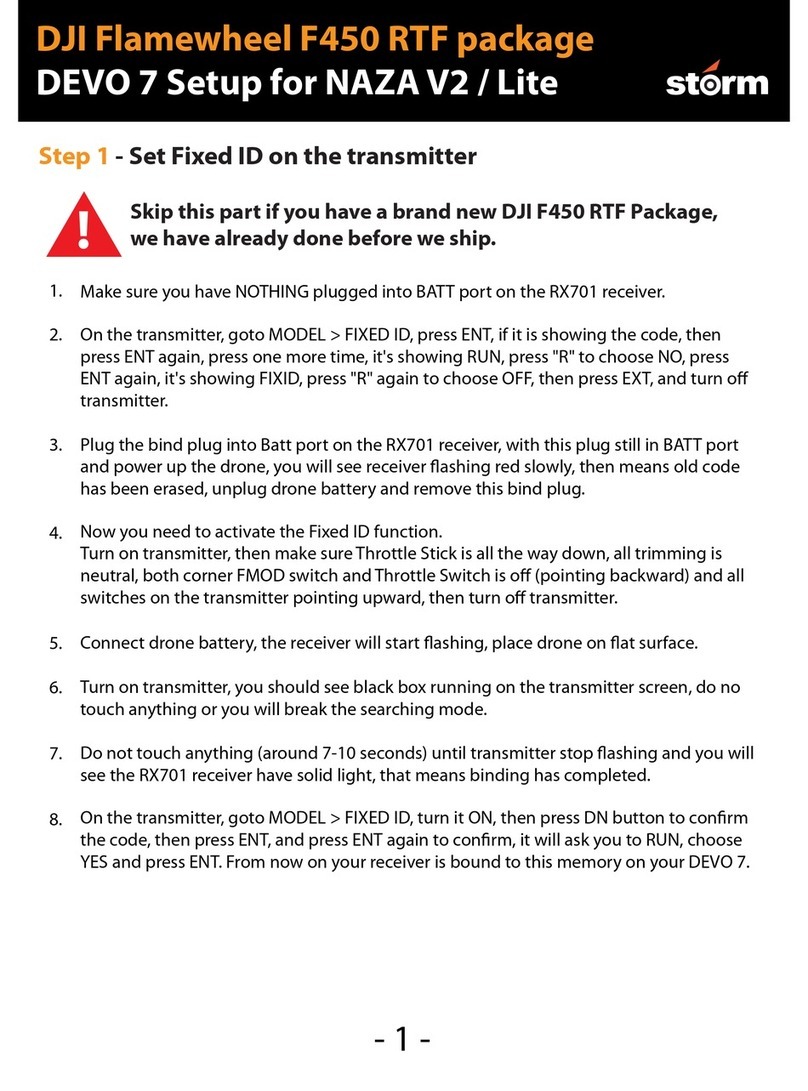
EN
2
Aircraft
The DJITM MAVICTM 2 Enterprise Dual features omnidirectional Vision Systems and
Infrared Sensing Systems*, and comes with a fully stabilized 3-axis gimbal camera with
a FLIR longwave infrared thermal camera and a visual camera, providing both infrared
and visual images simultaneously. DJI signature technologies such as Obstacle
Sensing help you y and capture complex shots effortlessly. Additional features like
the built-in AirSense makes you aware of your surrounding airspace, and password
protection helps you maintain secure access to your aircraft and protect your data. The
Mavic 2 Enterprise also has attachable modular accessories like the M2E Spotlight, M2E
Beacon and M2E speaker that are purpose built for various applications. The Mavic 2
Enterprise boasts a maximum ight speed of 44.7 mph (72 kph) and a maximum ight
time** of 31 minutes.
7
810
11
12
13
14
19
18
16
17
15
20
22
21
1
AB
2
3
4
56
1. Gimbal and Camera
A. Visual Camera
B. Thermal Camera
2. Forward Vision System
3. Downward Vision System
4. Lateral Vision System
5. Downward Infrared Sensing
System
6. Auxiliary Bottom Light
7. MicroSD Card Slot
8. Front LEDs
* The Vision Systems and Infrared Sensing Systems are affected by surrounding conditions. Read the
Disclaimer and Safety Guidelines, User Manual, and watch the tutorial videos on the ofcial DJI website to
learn more. http://www.dji.com/mavic-2-enterprise
** Maximum ight time was tested in an environment with no wind while ying at a consistent 15.5 mph (25 kph).
This value is for reference only.
9. Motors
10. Propellers
11. Antennas
12. Aircraft Status Indicator
13. Upward Infrared Sensing
System
14. Backward Vision System
15. Intelligent Flight Battery
16. Battery Level LEDs
17. Power Button
18. Battery Buckles
19. USB-C Port
20. Link Button/Linking
Status Indicator
21. Extended Port (to
connect accessories)
22. Extended Port Cover
